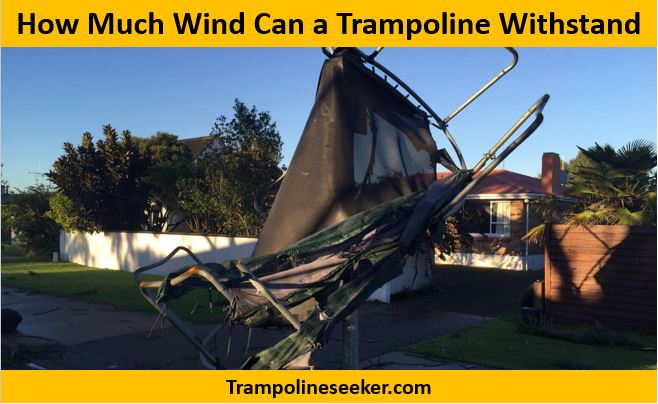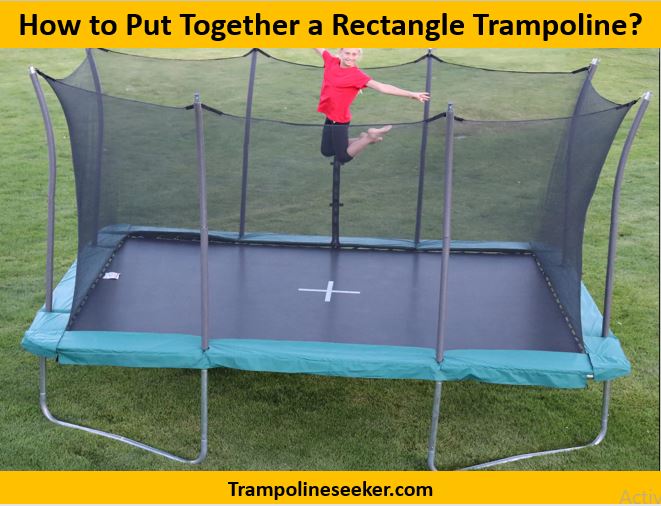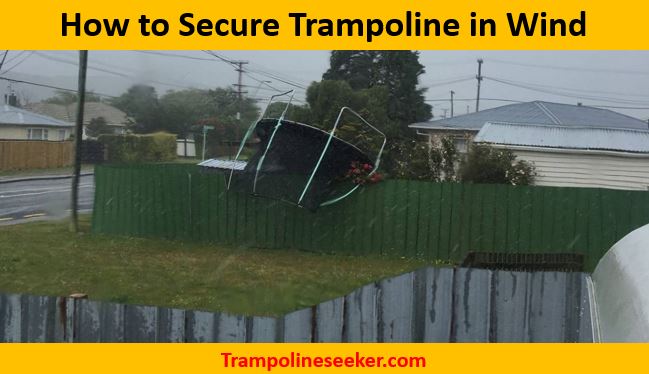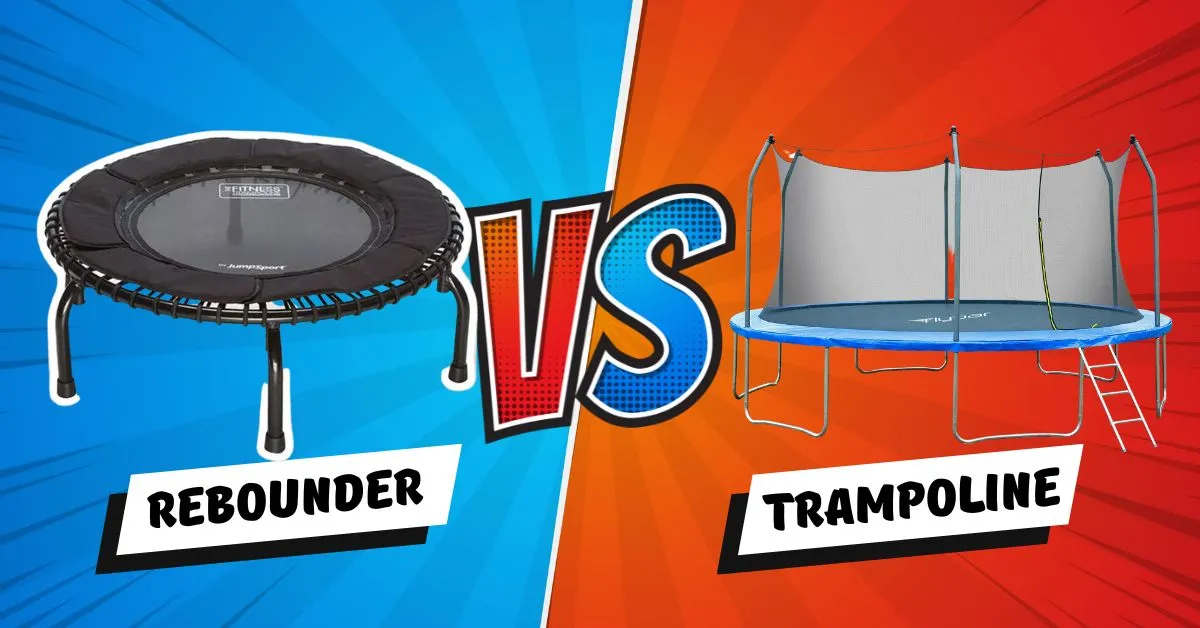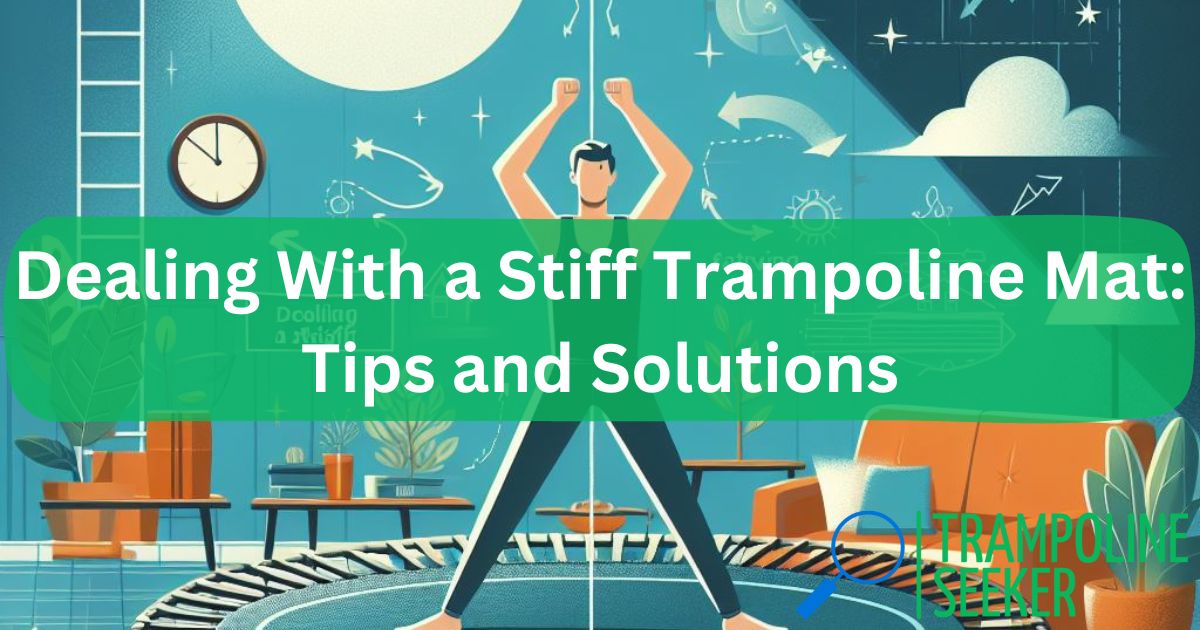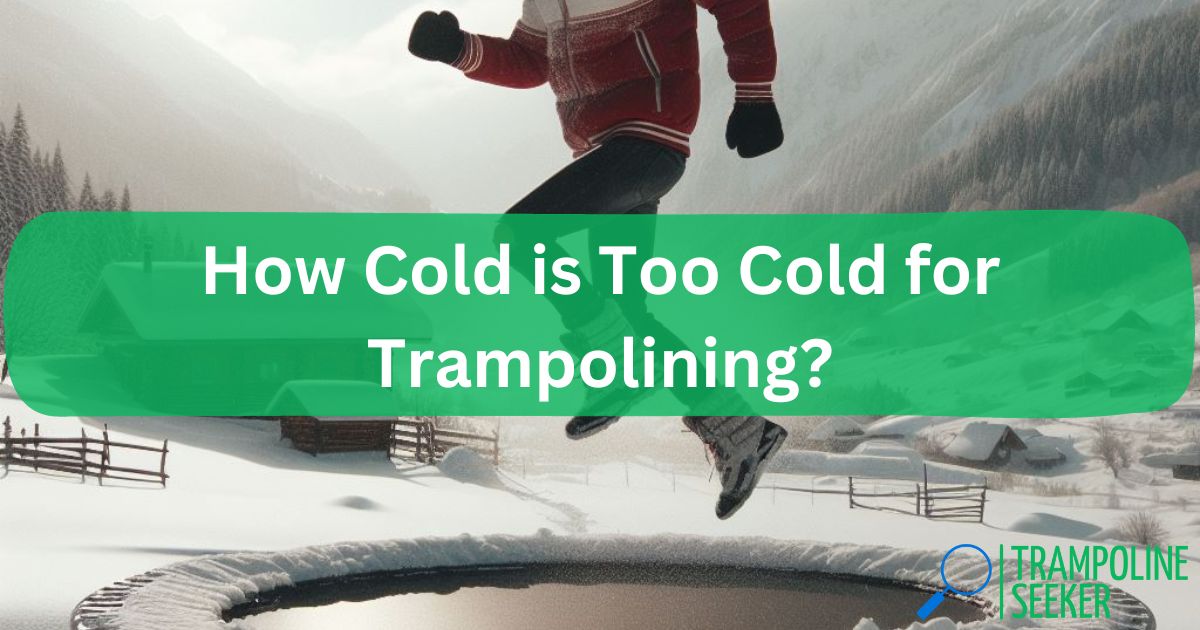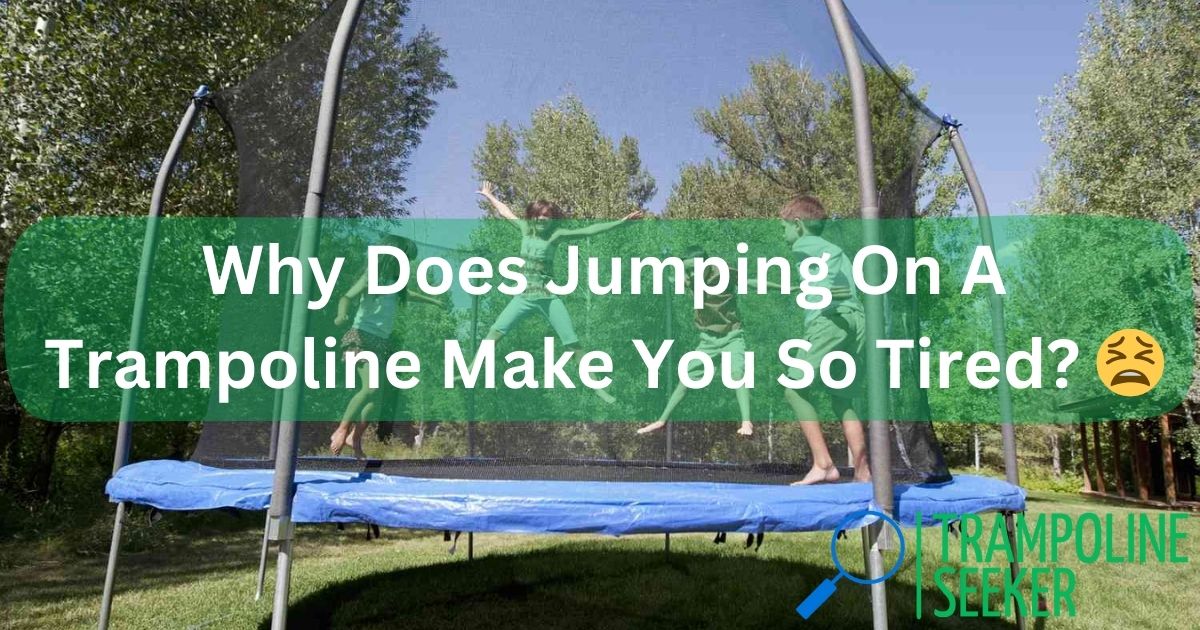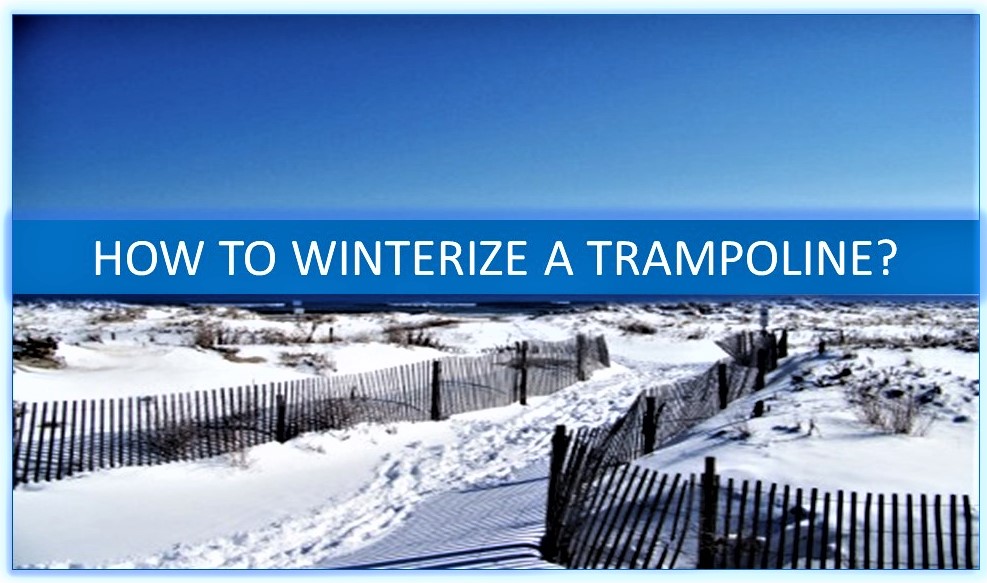Narrated by Mr. Charles (a teacher), written by Ammar Masoud and edited by M Waqas Saeed.
Recently, one of my high school students was bouncing on my new trampoline and I noticed the stretch of the mat seems to make a big difference in the bounce. This got me thinking more deeply about how the characteristics of the mat impact the trampoline experience. As both a long-time jumper and a trampoline owner, I set out to do some research on this topic to understand the effect of different mat components.
How Trampoline Mats Work?
The mat is one of the most important parts of a trampoline. Here’s a quick overview of how trampoline mats function:
- The mat sits on top of the trampoline frame and springs. It provides the jumping surface.
- When you jump, the mat stretches downward, pulling the springs with it.
- The stretched springs then recoil back upwards, projecting you up into the air.
- This creates a continuous cycle that gives you the bouncing motion.
The characteristics of the mat determine how much it will stretch and rebound during use. This impacts important factors like:
- Bounce efficiency – How much energy return you get with each jump
- Bounce feel – The softness, springiness and responsiveness of the surface
- Bounce height – The maximum height you can reach with your jumps
- Durability – How well it withstands repeated use over time
Below I analyze how different mat components like elasticity, thickness, materials and weave affect these bounce characteristics.
Elasticity Controls Energy Return
The elasticity of the mat determines how much it will stretch downward when you jump on it. This controls:
- Energy absorption – More stretch allows it to absorb more of the energy from your jump
- Energy return – The recoiling springs then convert this absorbed energy into upward thrust
More elastic materials, like woven fabrics, provide higher energy return. With each jump, you sink deeper into the mat before getting projected back up. This gives better bounce efficiency – more of your downward energy gets recycled into lift.
Less elastic materials, like non-stretch vinyl, absorb less energy. The mat stays firmer under your feet rather than stretching down to tap the spring potential. This poorer energy return means less recoil thrust on each bounce.
Comparison of energy return of common mat materials:
Material | Elasticity | Energy Return |
|---|---|---|
Vinyl | Low | Low |
Permatron | Medium | Medium |
Woven Polypropylene Fabric | High | High |
Thickness Impacts Bounce Feel
The thickness of the mat influences the softness and responsiveness underfoot:
- Thinner mats feel harder and more firm. There is less cushioning so impacts feel more jarring.
- Thicker mats provide more padding for a softer, more forgiving bounce. But thickness beyond a point can dampen spring response.
Gymnast trampolines often use thin 1-2 mm vinyl or Permatron mats prioritizing control and stability over cushioning. Garden tramps for recreational jumpers use thicker padded fabrics for extra softness. I find around 4-5 mm mats provide the best blend.
Material Durability Varies
The mat endures substantial mechanical stress from repetitive jumping. Material durability determines lifespan:
- Vinyl mats are most vulnerable to tears, splits and punctures from wear-and-tear.
- Permatron is extremely durable with interwoven polymer layers resisting degradation.
- Woven fabrics like Polypropylene are reasonably durable but still wear faster than Permatron.
I ensure only high grade durable materials are used for my personal tramps. This reduces need for early mat replacements.
Weave Impacts Consistency
For fabric mats, the weave pattern affects surface uniformity:
- A tighter uniform weave minimizes irregularities for consistent even bounce across the mat.
- A looser weave can cause certain areas to stretch more leading to unevenness in the rebound lift.
I really notice this when multiple people are jumping. If the weave is uneven, some spots feel softer or bouncier disrupting your rhythm. Good quality tightly woven mats bounce the same everywhere providing better consistency.
Conclusion
The trampoline mat has a huge influence on key bounce characteristics. Variables like material elasticity, thickness, durability and weave all contribute to factors like efficiency, feel, height and uniformity. As both an enthusiast and trampoline owner, understanding these dynamics helps me select mats optimized for an exceptional, high-performing bounce.
Related Blogs:
- How to Measure a Rectangle Trampoline Mat?
- How to Measure a Trampoline for a New Mat?
- Why is My Trampoline Mat Loose?
- How To Install A Mat for a New Trampoline?
- Can I Upgrade the Springs and Mat on a Cheaper Trampoline?
- Can I Install Trampoline Mat With Fewer Springs?
- Should You Use Double Trampoline Mats?
- Stiff Trampoline Mat
FAQs
What mat gives the highest bounce height?
Highly elastic fabrics like woven Polypropylene provide the most energy return and highest bounce potential. But very thick mats can impede vertical recoil. Around 4-5mm is optimal.
What is the most durable trampoline mat?
Permatron is widely considered the most durable thanks to its tightly layered polymer construction resisting degradation. Expect over 10 years lifespan with proper care.
Do competition tramps use special mats?
Yes, competition trampolines are designed for maximum control, stability and consistency. They use firm low-stretch mats like 2mm vinyl or Permatron with very precise uniform weaves.
Can you replace just the mat on an existing tramp?
Yes, worn mats can be replaced while reusing the springs and frame. But ensure the new mat is an exact fit for your model to restore safe functionality.
Articles You May Like to Read:



